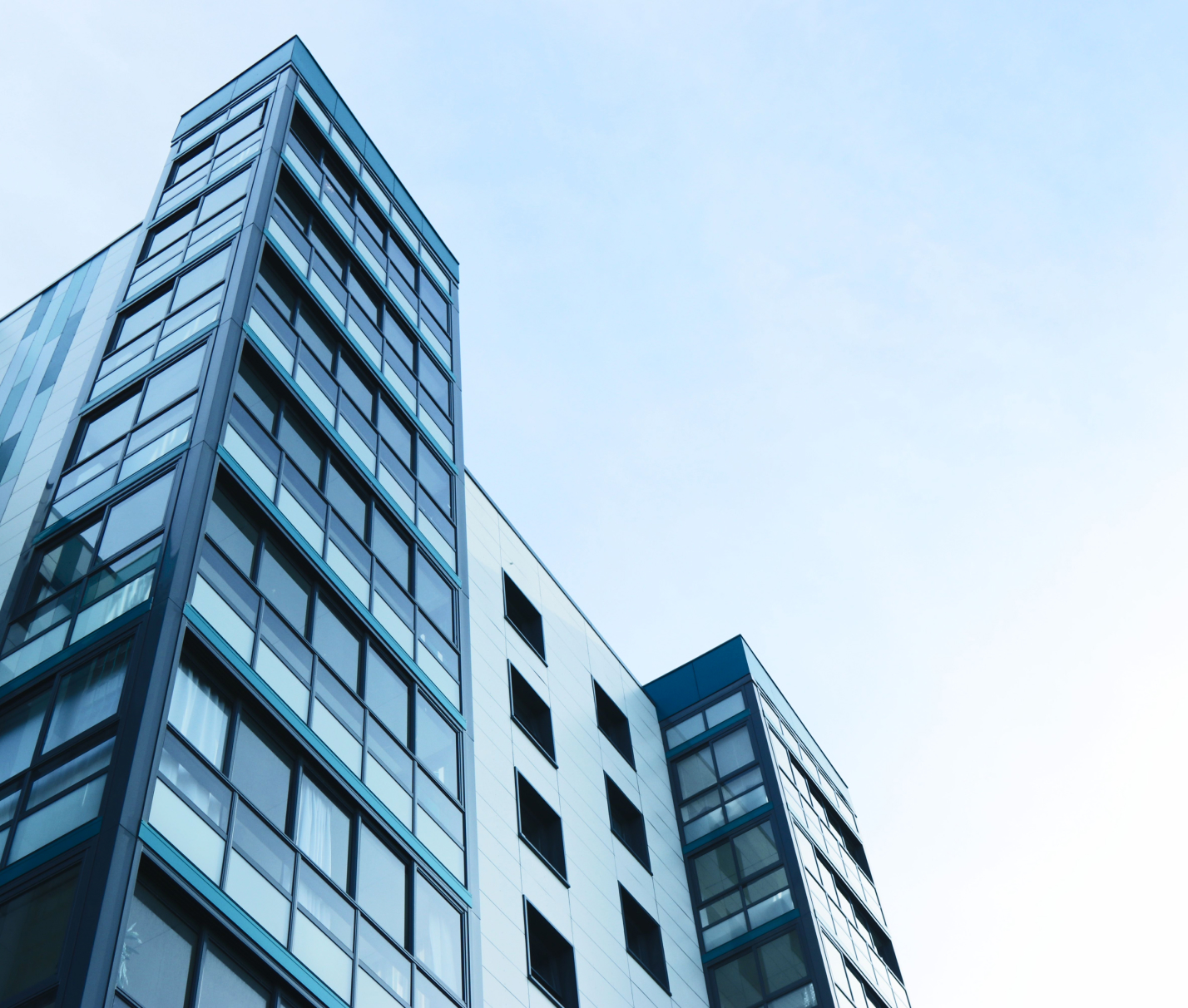PPVS Complete Facilities Management

What is Planned Maintenance?
Planned maintenance can be a useful tool to have in place, but what is planned maintenance and how is it used?
Planned Maintenance Definition
The definition of planned maintenance refers to any maintenance that has been planned, documented, and scheduled. It’s done to help reduce downtime by making sure that everything has been organised ahead of time, ensuring all resources are available straight away. Things like the labour and parts that are needed as well as the methods of using these resources.
Planned maintenance can also help for fewer things to go wrong and to also prevent delays from occurring. This can be something that’s important when it comes to the operations side of a building.
What is a Planned Maintenance System?
A planned maintenance system is where a software system can help maintenance teams and operators to plan tasks. It aims to make work processes a lot easier by requesting and scheduling tasks at set intervals depending on the requirements of each asset.
Once the task has been done, it’s then marked and recorded as being completed. It’s an efficient way of keeping updated with what needs doing and what’s been done. With multiple team members, it’s a great way of keeping track and monitoring the progress being made.
Types of Planned Maintenance
There are different types of planned maintenance methods out there and it’s worth understanding how and when these are used. In the building maintenance field, it’s fairly common to experience these types of planned maintenance. Here are the four types of planned maintenance below:
Corrective Maintenance
Corrective maintenance is something that’s initiated when the problem itself is discovered whilst working on another work task. With these corrective maintenance issues, they’re caught just in the nick of time before they failed.
Preventive Maintenance
Preventive Maintenance is aimed at trying to catch and fix the problems before they even have the opportunity to occur in the first place. It’s something that’s usually carried out when inspections are being made and these regular inspections should be occurring multiple times each year to be successful in preventing any maintenance problems.
Risk-based Maintenance
Risk-based maintenance focuses on maintenance resources that are prioritised as carrying the most risk if they were to fail. This is done in order to ensure the maintenance efforts across a facility are optimised to help minimise any failures where possible.
Condition-based Maintenance
Condition-based maintenance is considered to be an alternative to preventative maintenance but is more advanced. Machines and systems are carefully observed instead of brief inspections to see whether there are any subtle changes that could indicate a failure of some sort. Rather than be inspected according to a schedule that’s in place, these would be observed constantly.
With planned maintenance in place, a lot less can go wrong and a lot of issues can be fixed or easily preventable. Implementing this planned maintenance can be different for every facility but it can be a useful thing to have in place if it’s not already implemented.

Get in touch to see how we can help with your Facilities Management.
For general enquiries please fill out the form and our team will be back in touch. Or give us a call or email using the details below.







